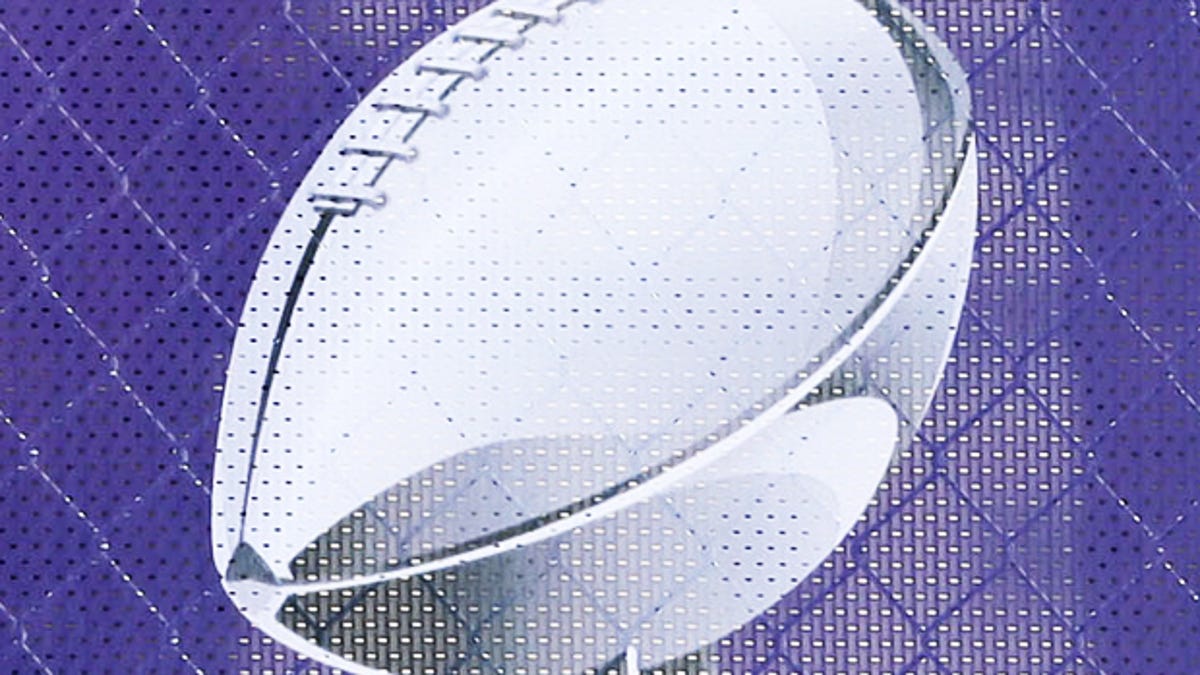Super Bowl does Wi-Fi on a massive scale
The Wi-Fi network at the Superdome in New Orleans has been structured to handle a stunning 30,000 simultaneous connections during the big game. Rogue access points need not apply.

There should be no shortage of Wi-Fi at the Super Bowl. And the NFL want to make sure it stays that way.
The Wi-Fi network at the Superdome in New Orleans has been structured and reinforced to handle a stunning 30,000 simultaneous connections during the big game, starting shortly, between the San Francisco 49ers and the Baltimore Ravens. Ars Technica reported that detail and lots more about the setup -- for instance, the 700 wireless access points inside the stadium and the 250 right outside for folks in the parking lots.
Clearly, the NFL understands that we're already deep in the tablet and smartphone era when people expect easy, uninterrupted access to Facebook, Twitter, Instagram, YouTube, and more.
But not unregulated access. Fans entering the Superdome are having their bags inspected for wireless gear that could undermine the robust functioning of the Wi-Fi network. There will be no "rogue access points," Dave Stewart, director of IT and production for Superdome management firm SMG, told Ars Technica. He added:
Every device that enters the building has to go through a frequency scan and be authorized to enter. At the perimeter the devices are identified and tagged. If they present a potential for interference, they are remediated at that moment. Either the channel is changed or it is denied access. It's all stopped at the perimeter for this event.
One of the biggest worries is about devices such as wireless cameras tuned to the 2.4GHz frequency range.
The new Wi-Fi network was installed just this season, and though there were some trial runs during regular-seasons games, the Super Bowl marks the first time the network has been publicly advertised as available to all fans, according to Ars Technica. Verizon Wireless built the network, using Cisco Systems' gear.

